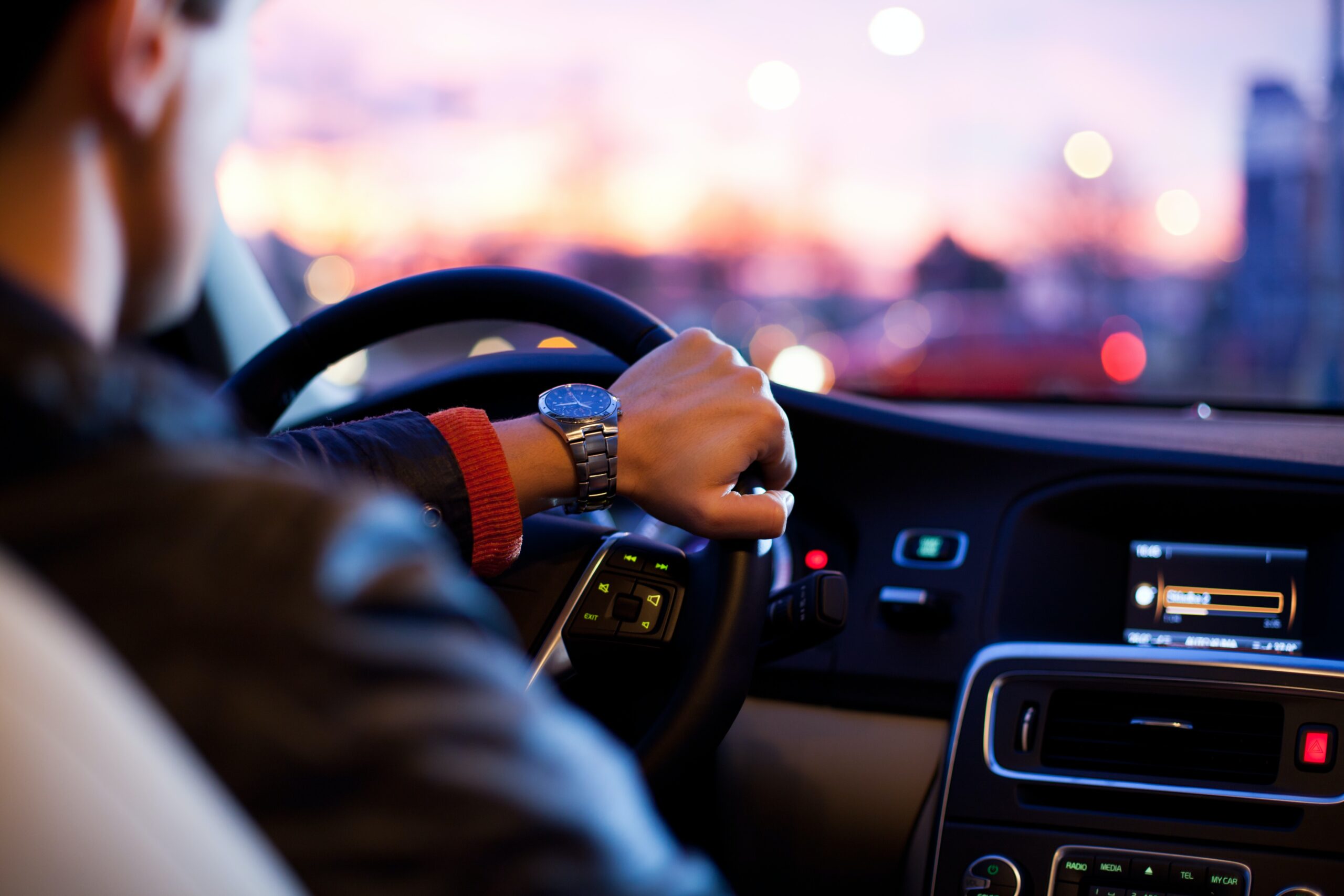In the face of a few short decades, modern vehicles have gone from mandatory seatbelts and airbags to new safety bells and whistles. Just a generation ago, drivers of that era would appear reckless and severely negligent when it comes to safety and road rules. However, some of today’s modern technology is just as dangerous for drivers. Distracted driving and cell phones come to mind.
Victims of negligent drivers can find an experienced car accident lawyer at Trantolo Law Firm. During a free consultation, one of their compassionate attorneys will evaluate your case and determine the best course of action for a successful settlement.
How Modern Safety Feature Advancements Help To Prevent Accidents
We’ve come a long way from mere mandatory seatbelts and airbags in passenger vehicles. As technology advances, cars have become exponentially safer. It’s impossible to place a number on how many lives have been saved by vehicle safety features, but it’s certain to be a large number of lives. Unfortunately, accidents and injuries still occur despite these technological advancements. Let’s take a look at some accident prevention technology.
Self-Driving Vehicles
Praised by some as the ultimate accident eliminator, self-driving cars haven’t been embraced by everyone. While some manufacturers produce fully autonomous driverless vehicles, most are introducing self-driving cars still requiring a human to sit in the driver’s seat.
Self-driving cars use a system of radar, sensors, cameras, and artificial intelligence (AI) to drive their occupants to their destination without needing a physical driver. However, it is understood that they require someone in the driver’s seat to take over should the vehicle malfunction. From a legal standpoint, ultimately, it is the person sitting in the driver’s seat who is responsible for the safe control of the vehicle.
Adaptive Cruise Control
Cruise control has been around for quite some time. Its main flaw was that if the driver didn’t pay careful attention to vehicles in front of them, chances of rear-end collisions were high. This issue has been solved with adaptive cruise control. Front sensors and radar on vehicles can detect when they are not maintaining a safe distance behind a vehicle in front of them. Adaptive cruise control will automatically slow the vehicle down and help to maintain safe traffic distances.
Blind Spot Monitoring
Many accidents occur when drivers are attempting to change lanes. This can be more risky at higher speeds since almost all vehicles do have blind spots. Blind spot assistance will give drivers a visual or audio cue when there’s a vehicle in its blind spot. This safety feature system uses sensors attached to the vehicle’s side view mirrors and rear bumpers. It alerts drivers when other vehicles are parallel to them, even in the driver’s blind spot.
Lane Assist
Helpful for chronically distracted drivers, lane assist technology alerts drivers the very second their vehicles stray from the lane they’re in. Utilizing a visual or audio cue, vehicles equipped with lane assist technology help to keep drivers from veering into vehicles in the lanes next to them. Some vehicles are also equipped with an advanced feature that will take over the steering and gently bring it back into its current lane.
Do Advanced Vehicle Safety Features Reduce a Driver’s Liability?
With most new vehicles’ latest accident prevention features, one would think there has been a huge reduction in vehicular collisions. While this is the desired effect, car accidents still do occur. Whether their culprits are human error, weather-related, or otherwise undetermined, passenger vehicles are still colliding and causing injuries to their occupants. Unfortunately, we haven’t yet reached the point of technology eliminating all crashes.
Even with advanced safety features in modern vehicles, drivers are ultimately responsible for their safe operation. Self-driving cars are not excluded and, for the time being, will be held liable should they be involved in an accident. Despite what they’re called, self-driving cars are still a collaborative effort between man and technology. Barring an unforeseen mechanical failure that prevents the driver from safely operating their vehicle, the human driver will be found at fault.
The Legal Implications of Advanced Safety Features in Cars: The Bottom Line
While artificial intelligence, cameras, GPS, and multiple vehicle sensors can create a much safer driving experience, drivers are still liable if they’ve acted negligently in any way and caused a crash. Careless drivers cannot simply point the finger of blame at vehicle manufacturers.
If you’ve been injured in a car accident that you in no way caused after you’ve sought medical care, reach out to a personal injury attorney. They’ll help you determine who’s ultimately responsible for your injuries and will fight for you to receive the best compensation package. Don’t delay. Contact a lawyer today.




